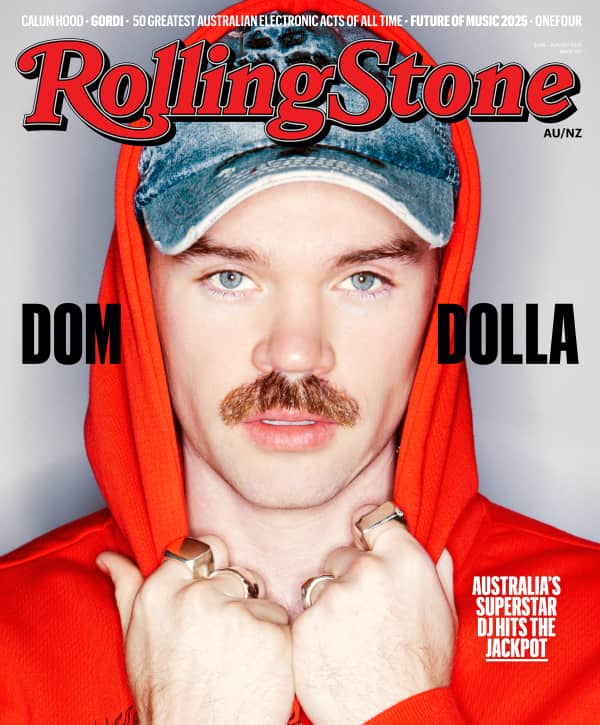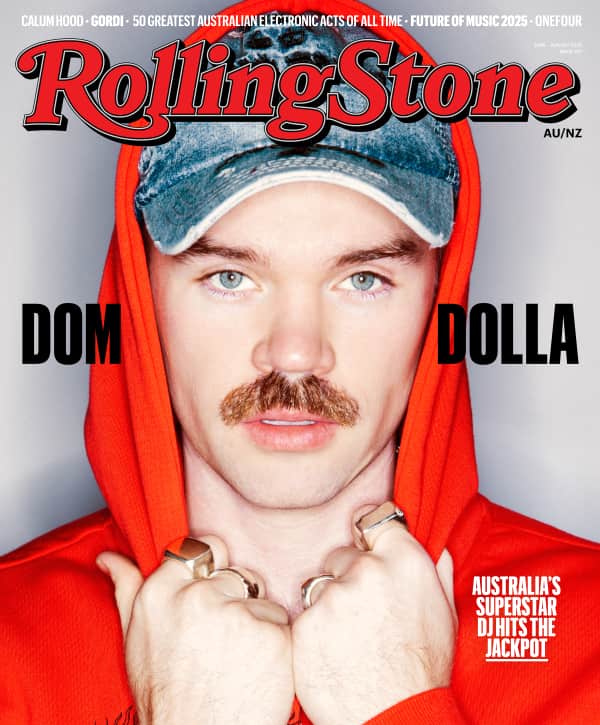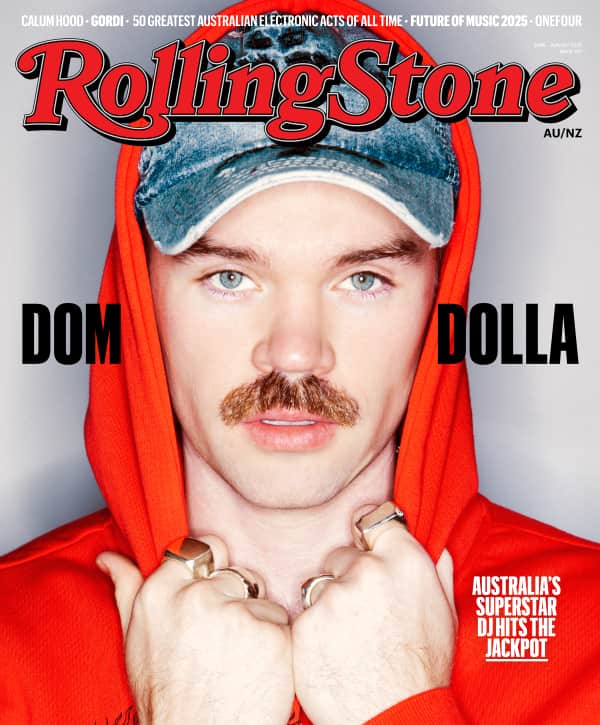Lalo Schifrin, the Oscar-nominated and Grammy-winning composer behind the “Theme From Mission: Impossible,” has died at the age of 93.
The composer’s son Ryan confirmed his father’s death to the Associated Press, adding that Schifrin died Thursday due to complications from pneumonia at his home in Los Angeles.
The Buenos Aires, Argentina-born Schifrin, the son of an orchestral violinist, had an early start in music, training on the piano at the age of six. However, upon entering college, Schifrin opted to study law, but his musical roots ultimately took hold.
“While advancing with my law studies, I was also studying music on the side, only as a hobby. And I had a very good teacher, who is probably the most important South American composer—Juan Carlos Paz. He’s known among avant-garde circles all over the world, because he’s the one who introduced twelve–tone music and the serial techniques in Argentina,” Schifrin told Jazz Professional in 1967.
“All of a sudden, the French Embassy in Buenos Aires offered a scholarship to the Conservatoire of Music. I went for the examination and won the scholarship. That meant that I abandoned my plans for a law career, and I decided to go to Europe.”
In Paris, Schifrin became immersed in jazz music, as many of the greats of the time — Count Basie, Ella Fitzgerald, Oscar Peterson — would regularly perform during his time there. Upon returning to Argentina, Schifrin joined one of the country’s first jazz orchestras, where he drew the attention of a visiting jazz legend, Dizzy Gillespie. Schifrin, who at that time was already scoring Argentinean films, eventually joined Gillespie’s band.
“I stayed with Dizzy about three years,” he said. “In addition to writing many things for the small group, I rearranged his band book for a type of orchestra with no saxophones in it—only brass,” compositions that formed Gillespie’s 1960 LP Gillespian, and resulted in Schifrin’s first Grammy nomination (for Best Original Jazz Composition).
Love Music?
Get your daily dose of everything happening in Australian/New Zealand music and globally.
Schifrin moved to New York and worked alongside Gillespie from 1960 to 1963. (Schifrin and Gillespie would reunite for 1977’s Free Ride.) However, dissatisfied with the traveling involved with being in a jazz group, Schifrin signed a contract with Metro-Goldwyn-Meyer, moved to Los Angeles, and scored his first American film, 1964’s Rhino!
Two years later, Schifrin created his most popular work, the theme from the American spy series Mission: Impossible,” which — the composer frequently admitted — he wrote in just three minutes, and without first seeing any footage from the series or even reading a script. All Schifrin had to go on was producers’ idea for an opening credits’ burning fuse, which gave the theme its original title, “Burning Fuse.” (Morse Code of the series’ initials, M:I, would also form the theme’s 5/4 signature.)
“Television, in those days, people were in the kitchen having a soft drink, and all of the sudden in the living room, the TV set is playing the theme of a new show,” Schifrin said, adding that the “inviting, exciting” theme was like a lure.
Like the series itself, “Theme From Mission: Impossible” was a hit, landing on the Billboard Hot 100 and earning Schifrin a Grammy Award for Best Instrumental Theme; the song would also be inducted into the Grammy Hall of Fame. (Decades later, the TV show would also eventually become a billion-dollar Tom Cruise film franchise, and though it updated Schifrin’s theme, the composer did not contribute musically to any of the reboot’s installments.)
Over the course of his career, Schifrin would score over 200 films and television shows, and while some would lean on his jazz background — like his work on the 1968 Steve McQueen classic Bullitt and his Oscar-nominated score for Cool Hand Luke, notably its famed “Tar Sequence” — Schifrin would adapt musically to fit the project, like his experimental work on George Lucas’ sci-fi flick THX-1138 and his terrifying score for The Amityville Horror; the composer was infamously recruited to originally score The Exorcist, but upon delivering a portion of his music, the studio and director William Friedkin deemed the shrieking score too scary for even the film and rejected.
“I look for unusual sounds—but never as gimmicks. I like always to make them functional, organic parts of the music,” Schifrin told Jazz Professional. “It can be percussion, it can be bizarre or exotic instruments, or it can be electronic instruments—but I look for that musical quality, that can be combined, and be organic to the film, to the orchestra and to the music.”
Other notable Schifrin scores include Dirty Harry and its sequel Magnum Force, 1973’s Charley Varrick, the Bruce Lee kung fu classic Enter the Dragon, Brubaker, the Rush Hour trilogy, Carlos Saura’s Tango, the Ringo Starr-starring Caveman and more.
“I’ve used something in the periphery of jazz myself—not really jazz, but some jazz–orientated scores, like Bullitt, the picture with Steve McQueen. And a little bit of jazz in certain other movies,” Schifrin said. “But jazz doesn’t need anything to be seen, while film–making is made up of many components. There are the dramatic, the visual and the audio elements: they have to be all integrated, and be part of the one thing.”
Despite winning a handful of Grammys, the Academy Award remained elusive: Schifrin was nominated for Best Original Score six times — for Cool Hand Luke, The Fox, Voyage of the Damned, The Amityville Horror, The Competition and The Sting II — but never won an Oscar. However, the Academy celebrated Schifrin’s career with an honorary Oscar in 2019.
“I love music. To me there is no labels,” Schifrin said in 1969. “I don’t believe in rock n’ roll or classical or jazz. I believe that there is good music and bad music.”
From Rolling Stone US



































